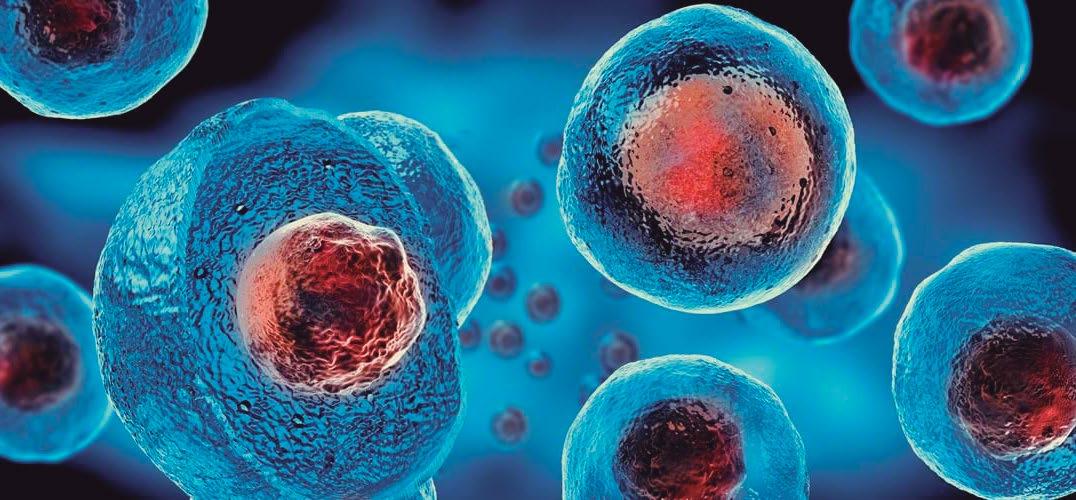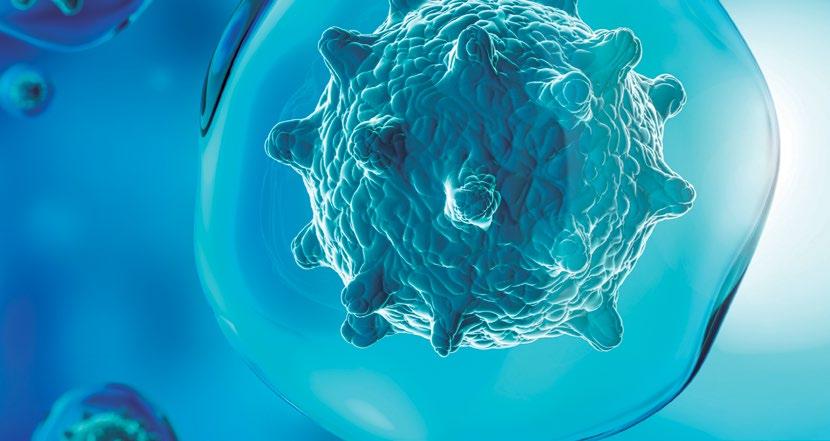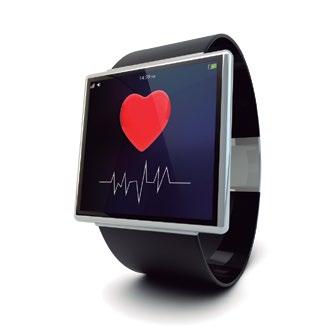46
ASSISTIVE MEDICAL TECHNOLOGIES Liliana Mora
RESEARCH
is the CEO of Síoltalife and a pharmaceutical chemist with more than fifteen years’ experience as a business developer in the life sciences market. Passionate about continuing education, she has created forums for bringing together international talent, know-how, and experience. She currently lives in Belgium, where she remains up-to-date with to the innovation and technology hubs in her sector.
I like to view the year 2020 as a “buffer” in an exothermic chemical reaction: a buffer, that is, that has allowed us to accelerate processes, protocols, and technologies as never before in the history of mankind. Several diagnostic technologies emerged from multi-sector partnerships formed to develop prototypes, to validate them, to comply with critical records, and to have them released, in less than three months, into the global market, with standards of quality, accessibility, scalability, and accuracy. A clear example is the recent study conducted by the University of Vermont and Cedars-Sinai ―and published in the Journal of Medical Internet Research―, which demonstrates the high accuracy of the AI-COVID™ software for predicting COVID-19 by using routine blood samples. This will help hospitals reduce the number of patients that need to be referred to scarce PCR tests. The Fast Track approval of the Pfizer and Moderna vaccines is an unprecedented development in the face of the new century’s first major public health emergency. The Fast Track process is designed to facilitate the development and accelerate the review of new drugs and vaccines used to treat serious conditions that have the potential to address an unmet medical need. Just over a decade ago, in my undergraduate thesis, I described the impact of gene therapy as an alternative to the treatment of infectious diseases that were not amenable to standard clinical treatments. And 2020 turned out to be the year when mRNA-based vaccines, based on preliminary data from Phase I and II studies, were approved by the U.S. Food and Drug Administration as well as by the European Medicines Agency for use in humans bringing, Phase III directly to the world’s population. I am confident that, at the international level, we will have the infrastructure and pharmacovigilance necessary to document this unprecedented event.

















